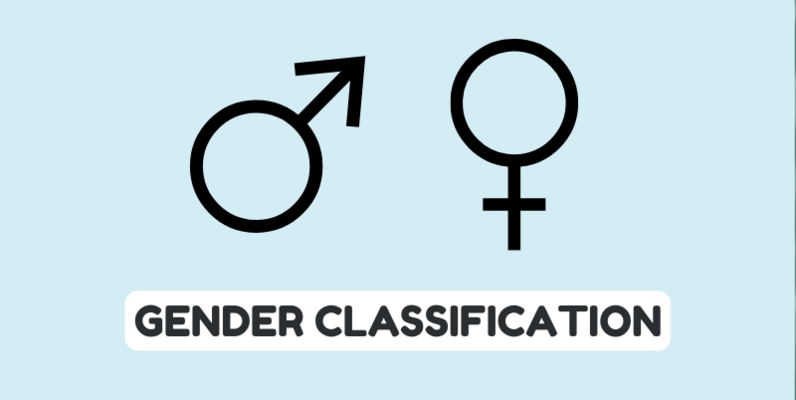Jan Bergstra and Laurens Buijs
Amsterdam Gender Theory Research Team
Since March 2023, we have been working on what we call formal gender theory (AGTRT-1, AGTRT-4). But what do we really mean by this, and why do we think we are making such a valuable contribution to the field of gender studies?
The term “formal gender theory” is not new. This term emerged in the work of Janet Salzman Chafetz (1942-2006). She means by formal gender theory a sociology of gender in which, based on clearly defined concepts and from clearly posed questions, answers are given that can be validated by quantitative research.
Chaftez is critical of qualitative work in the field, which she says is characterized by terms that are easily defined vaguely, such as patriarchy or sexism. She also resists the idea that gender theory is necessarily something for and by women. A theory based on methodology developed by male researchers can be relevant – if formal – even to a feminist like Chaftez.
Chaftez sees a formal gender theory as a gender theory that is formal as a sociological theory. So, with parentheses, that is: a formal (gender theory), or also called a formal (gender sociology). We put the parentheses differently: (formal gender) theory.
The term gender is ambiguous, or in English polysemous (a term often encountered in gender theory). We distinguish three main meanings of gender: formal gender (the classification of gender), social gender (gender in our culture and society) and psychological gender (gender as a subjective perception of identity). These meanings vary considerably, and thus each must also be defined separately.
We often associate the word gender with the idea that this would be about the social counterpart of biological sex. That description is indeed plausible for social gender, but not for the other meanings of gender. Thus, psychological gender has to do with gender identity: how one perceives oneself.
Finally, formal gender is like the gender in a passport: male, female or neutral (which we prefer to non-binary to reads set forth in XX and YY). Male then stands for male gender, female for female gender, and neutral for neutral gender. This may differ from biological sex: the male sex, female sex and neutral sex.
The discrepancies between gender and biological sex have to do with the phenomenon of transgendering. Indeed, most definitions of biological sex do not allow for a transition from one sex to the other (see AGTRT-4). Hence, the distinction between gender and sex becomes relevant.
Whereas the classical male/female division led to a two-valued logic, along the line of formal gender we now deal with a three-valued logic: male, female and neutral. Therefore, it pays to formally approach and name the absence of information about formal gender. Thus, in formal gender theory you arrive at a four-valued logic: male, female, neutral and unknown. The consequences of working with such complex logic are anything but obvious.
Although formal gender as a designation is not usually used, there is a range of authors who do actually work on or with formal gender, or who interpret gender (in their version of gender theory) as formal gender rather than social or psychological gender. We think of Barnes, Byrne, Bogardus, some of the work of Dembroff, and the use of the term gender in much modern legislation. In doing so, formal gender touches on a variety of current social debates, such as those about the definition of man and woman and dealing with transgenderism.
So we see plenty of reason to revive the term formal gender theory. First, a formal theory emerges in the sense of formal logic, or at least in the sense of a robust informal logic. Second, we recognize the notion of formal gender from the work of others in recent literature. Third, we sympathize with the goals as formulated by Janet Chafetz: the theory should speak from its own power and not occur from, say, a feminist ideology. Preferably, a theory does appear to support a desired movement (such as a preferred variant of feminism), but one cannot require that in advance as a precondition to theory development.

Leave a Reply